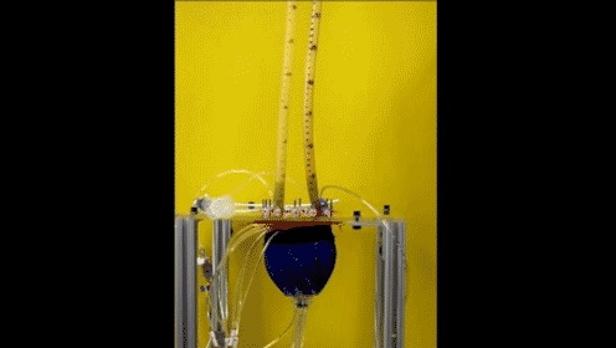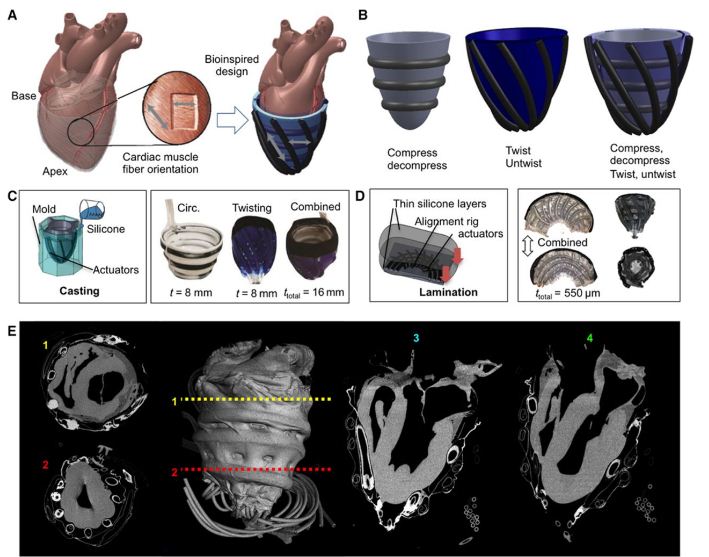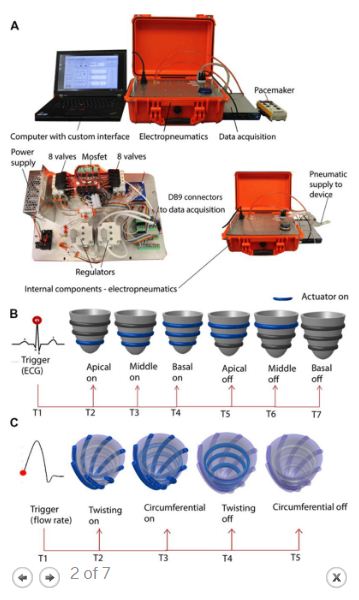Designed by a team of scientists in the united States and tested in pigs, this prosthesis improves the ability of the heart, at the same time prevents direct contact with the blood, explains the research published in the journal Science Translational Medicine.

"Composed of soft materials that have properties similar to those of the heart muscle, the device has no contact with the blood and its movement can be adjusted to an optimal therapeutic effect," explained Ellen Roche, a researcher at Harvard University and who led the study.
An important feature, said the expert, is that this system "can increase the functions systolic and diastolic" myocardial failure, i.e. to improve the movements of contraction and relaxation of the heart.

For the time being, the prosthesis was tested in pigs: in six copies, could be synchronized with the heart, to copy the normal behaviour of the muscle and restore blood flow.
it Is estimated that about 41 million people are affected by heart failure in around the world.
As this condition usually affects a single portion of the heart, the scientists stress that they have been able to adjust the device to act on the cavity right or the left of the muscle.

Roche noted that, as there is no direct contact between the device and the blood, "it is hoped that complications can be reduced."
For the expert, this new technology reduces the risk of blood clots and its associated complications, such as strokes, and could allow patients to avoid the use of anticoagulants.
"more work Is required to refine the technology and to allow that it can be implanted long-term in the body," admitted Roche.
To continue with this work, it will require more studies to improve life of the device and warn the chronic complications that can occur with its implementation.
No comments:
Post a Comment